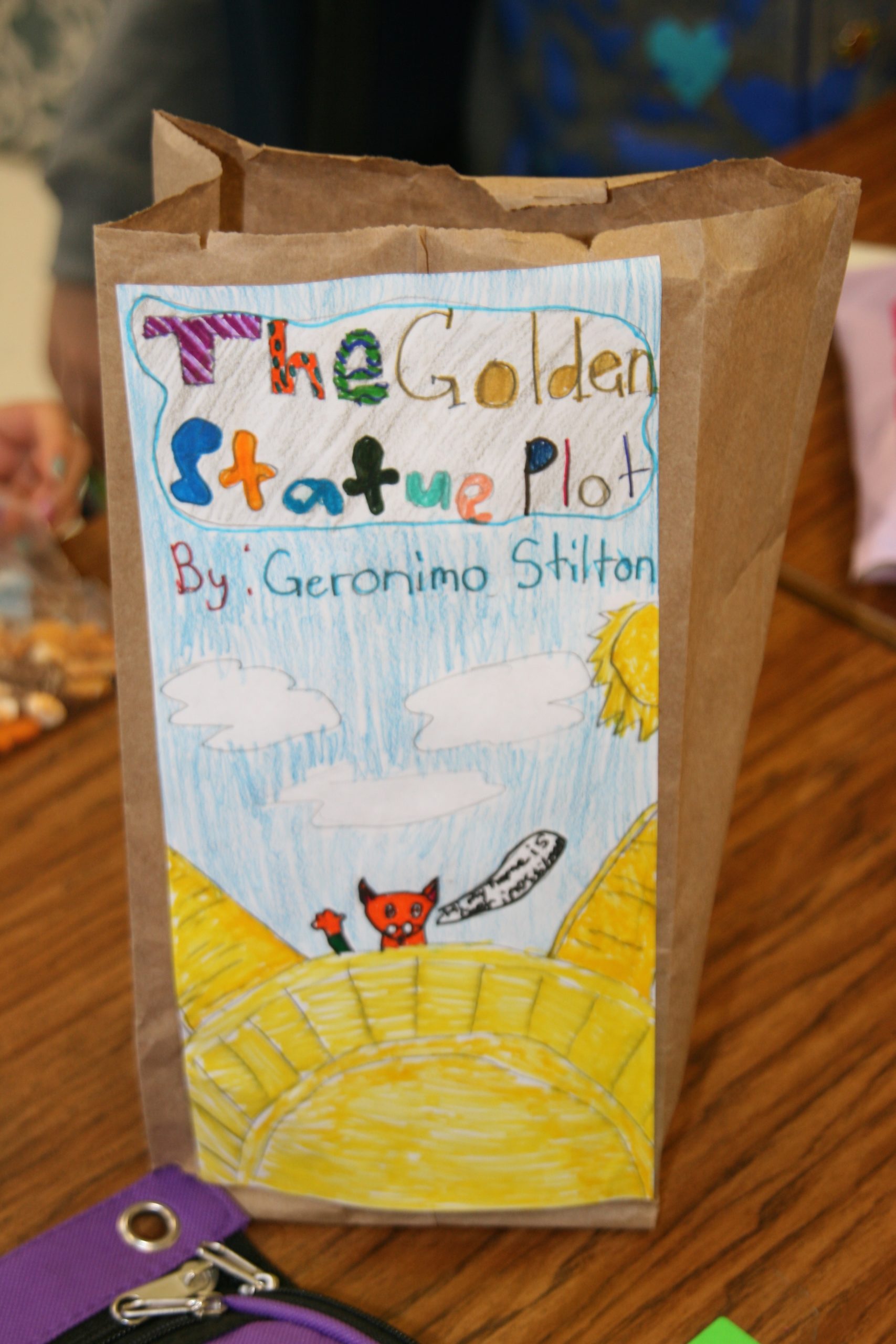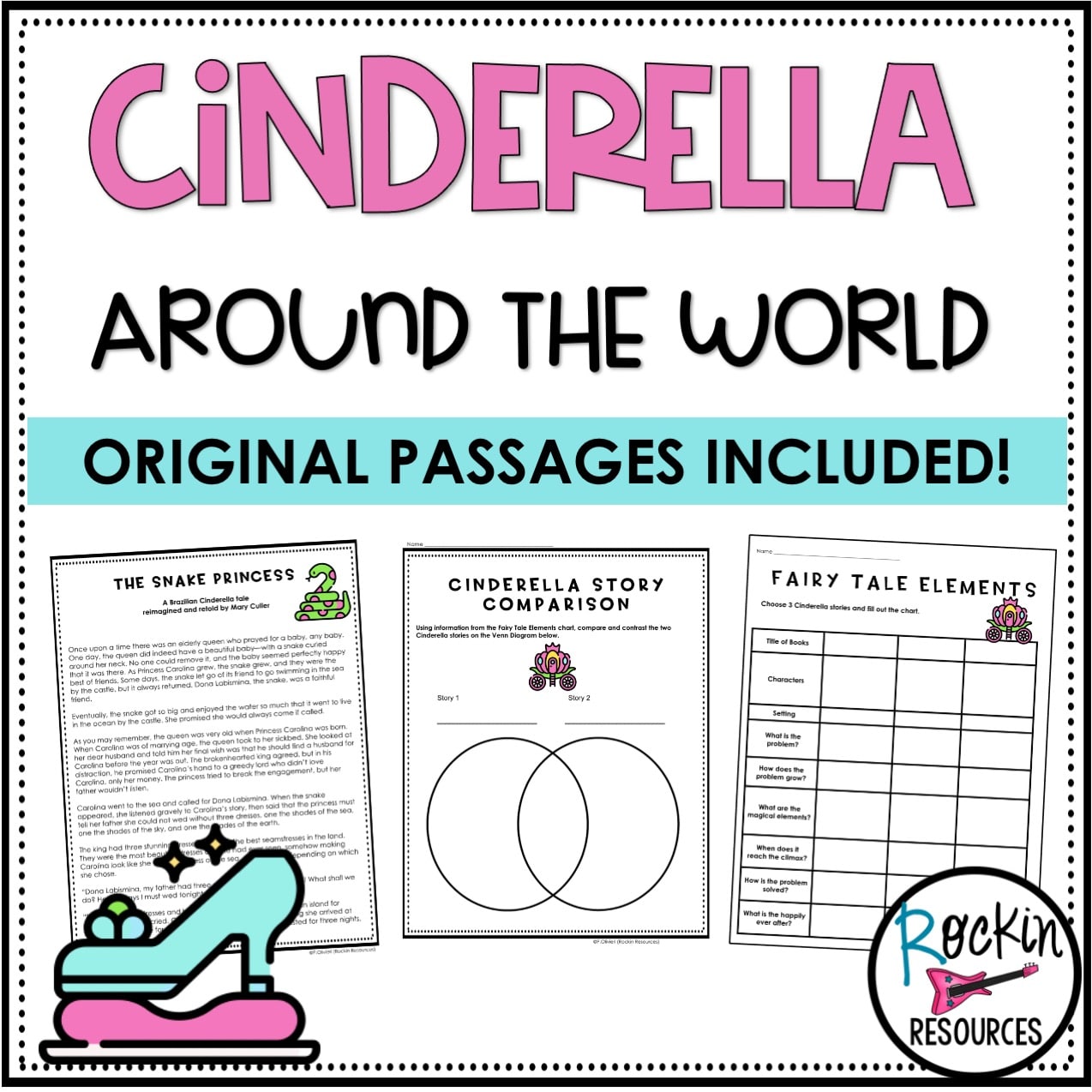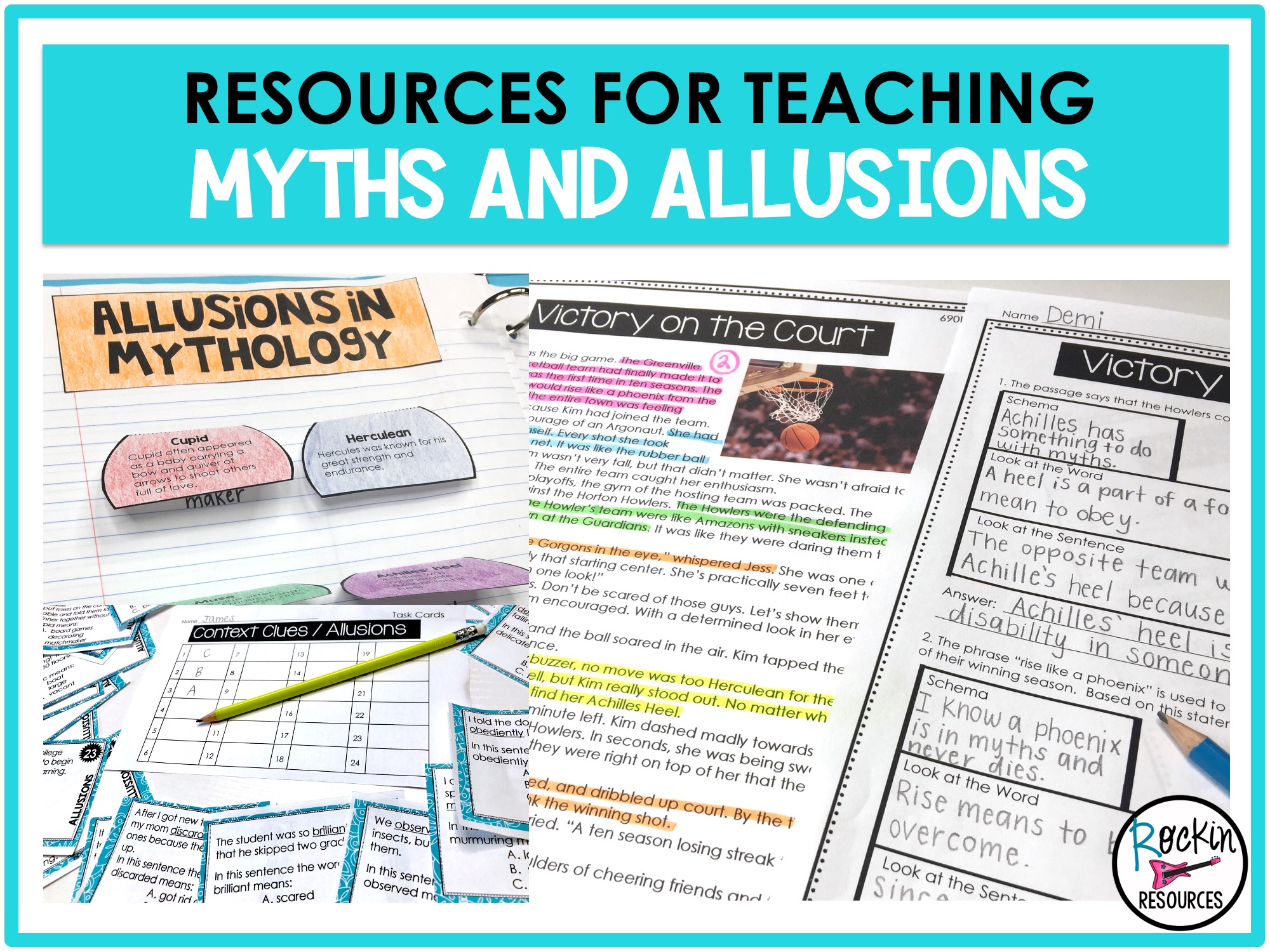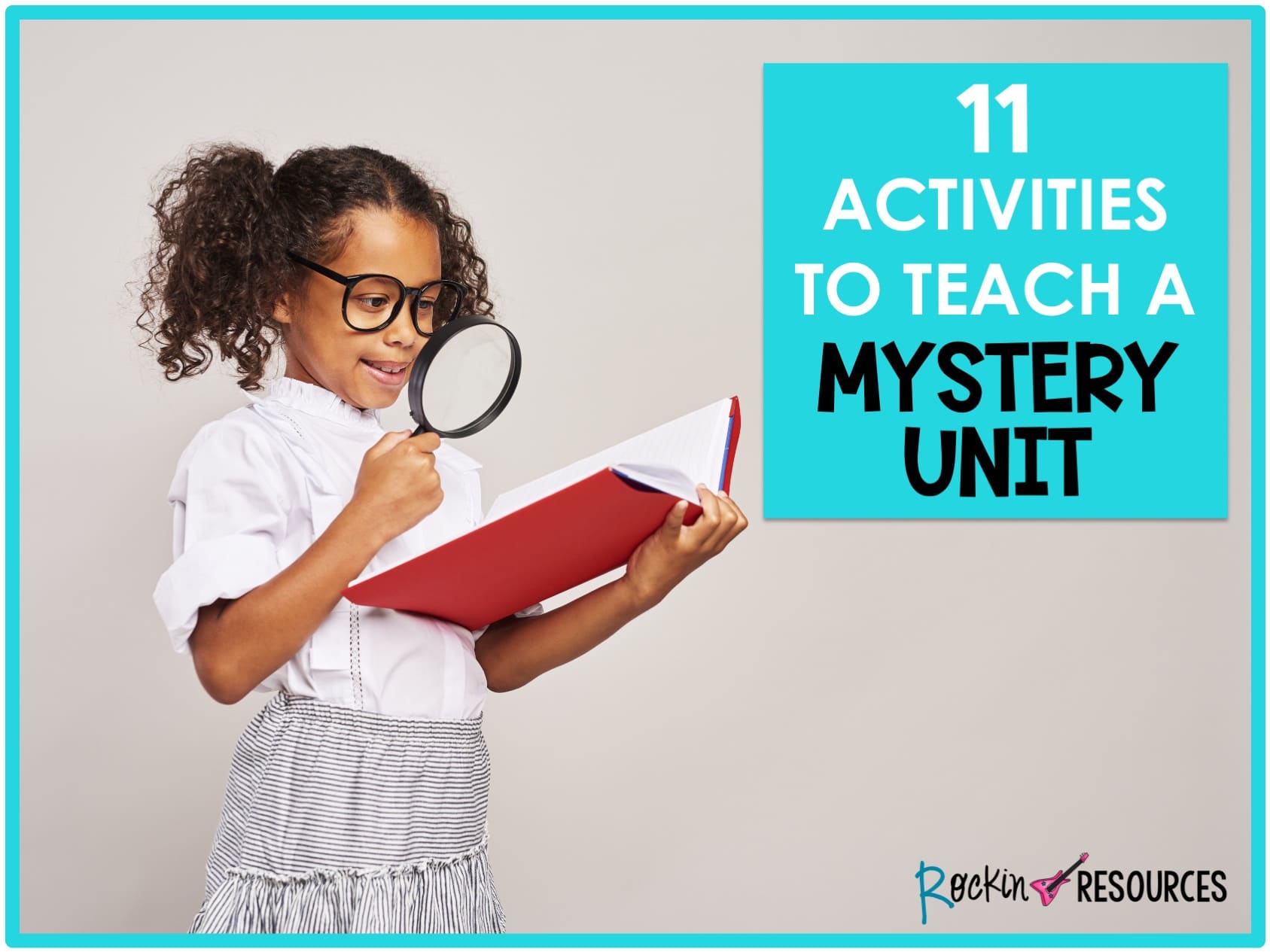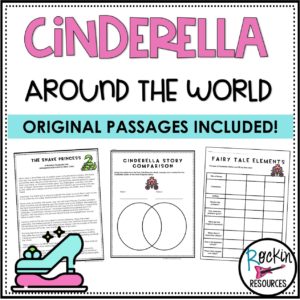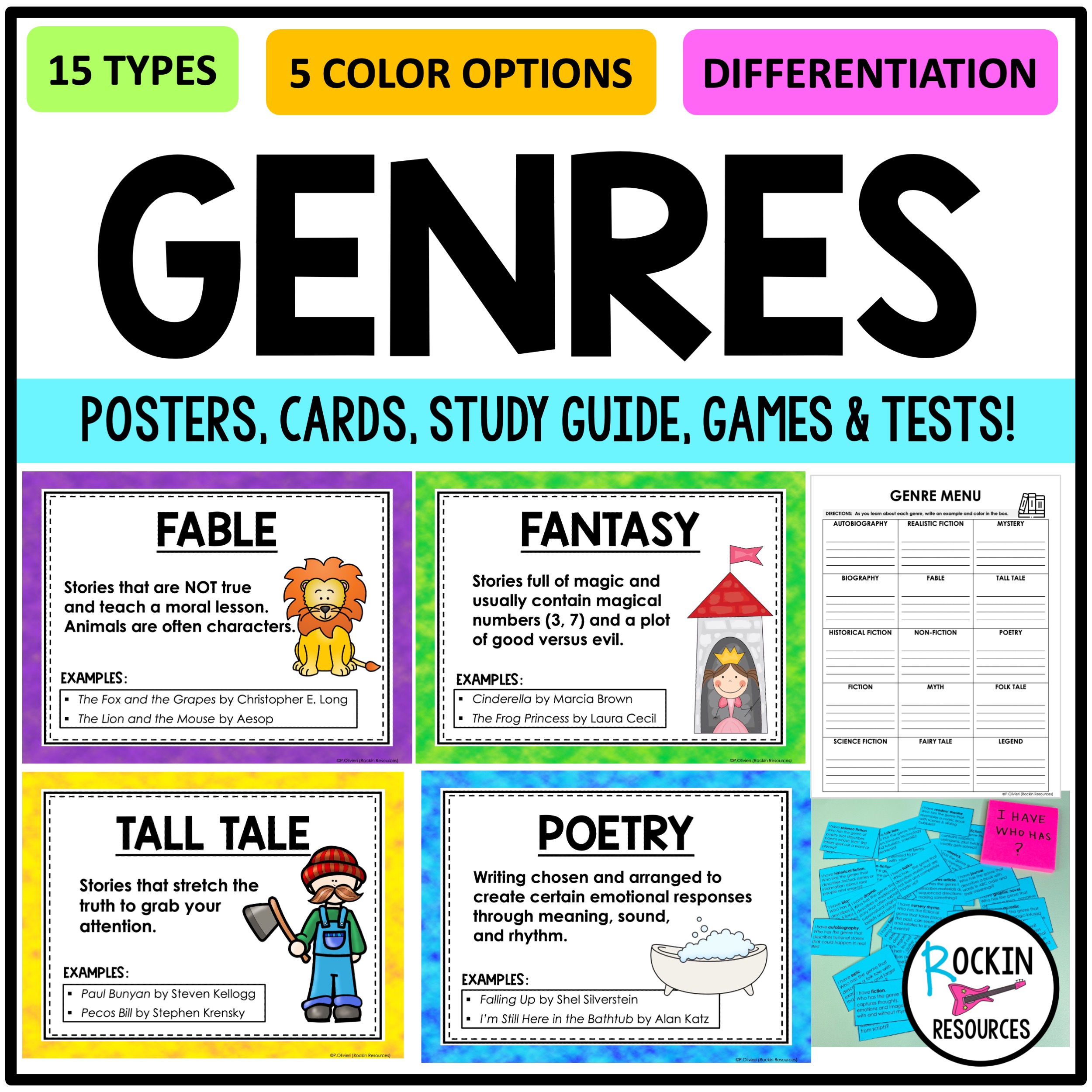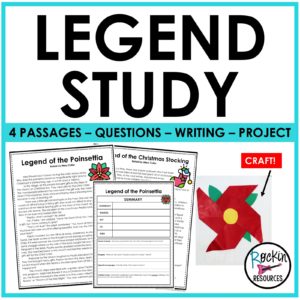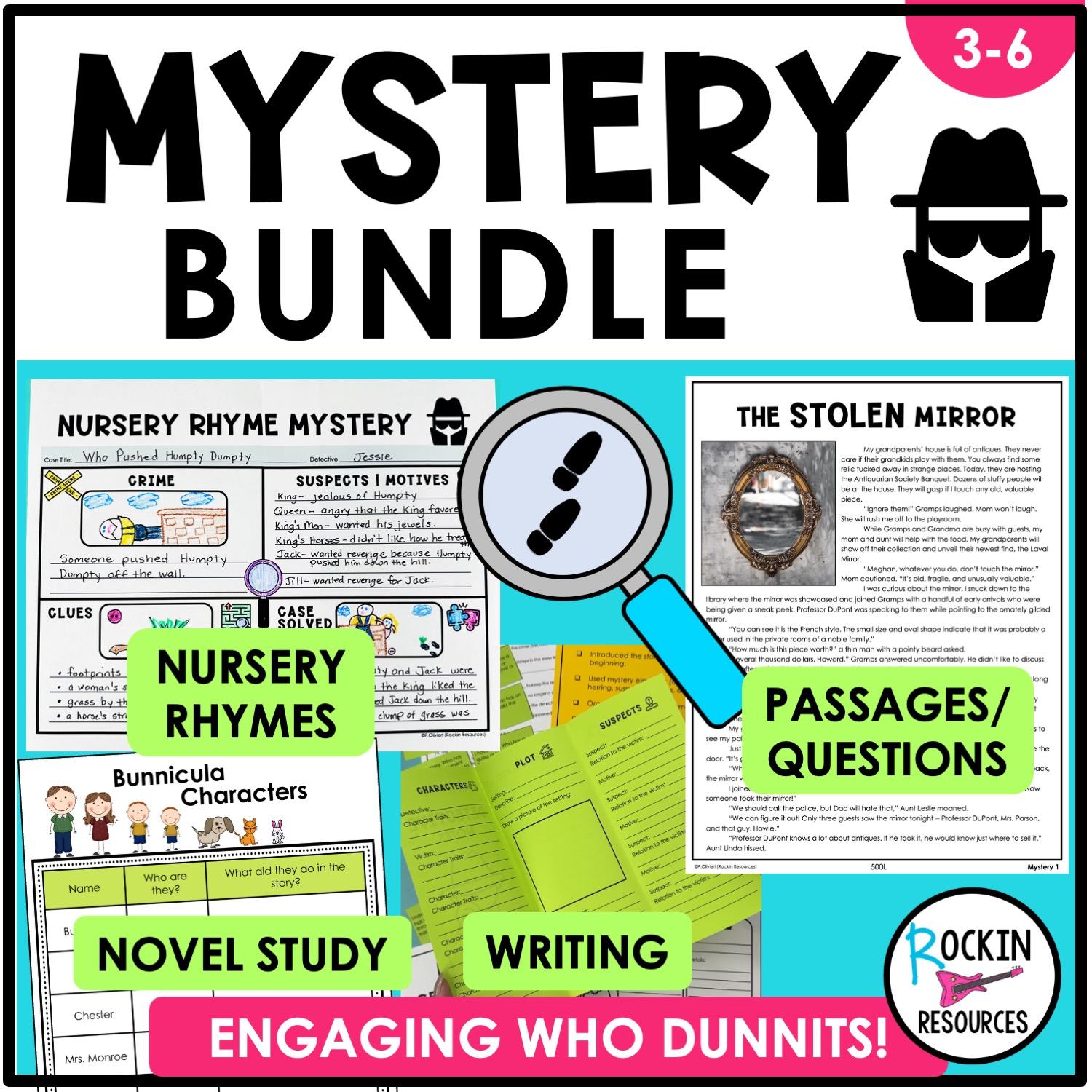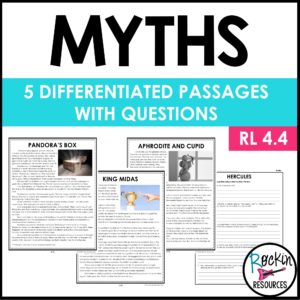There are so many different genres to choose from, which means there is something out there for everyone. No matter if you prefer aliens over humans, short readings over long, or the imagined over reality, there’s a genre for it. Literary genres are defined as categories of works that share similarities in form, style, content matter, and themes! Check out these 15 TYPES OF GENRES WITH TEACHING ACTIVITIES for future reading inspiration.
1. FICTION: The genre of fiction is born out of the author’s own imagination. Although fictional literature may be based on real people, events, or places, the genre itself is not considered factual. Many types of genres fall under the fiction category
2. MYSTERY: Mysteries are a fictional genre where the “truth” of an event, typically some sort of crime, remains unknown until the final moments of the story. These storylines are riddled with clues, plot twists, criminals, suspects, detectives, and, eventually, a resolution to the problem.
- Teaching Activity: Hand out a nursery rhyme and have students develop a mystery around it! Learn more about nursery rhyme mysteries and about more mystery activities HERE.
3. HISTORICAL FICTION: The historical fiction genre includes stories that take place in the past. Often termed “period pieces”, this genre aims to capture the specific details of a certain era, including customs, manners, traditions, and social norms of the past. Although historical fiction is set in a real time in history, the characters and actions of the plot are often a combination of real (nonfiction) and fake (fiction) qualities. Historical fiction authors mean to authentically recreate an era while also filling in the gaps and adding their own imaginative takes on the creation of the plot and characters.
- Teaching Activity: Have students read a historical fiction book and do a choice book report (a poster creating 6 scenes from the book, a shoebox constructing a scene along with a written summary, or PowerPoint with 10 slides including text and images.) It is included in the resource Book Reports that Motivate.
4. REALISTIC FICTION: Another branch of fiction is realistic fiction, which resembles real life and is composed of believable characters, probable plotlines, learned lessons, and realistic settings.
- Teaching Activity: Students choose any realistic fiction book and create a paper bag book report. They choose four items to put in their bag. (character, setting, problem, solution). Then, they write about what each item represents. See more here.
5. SCIENCE FICTION: Science fiction is a genre composed of an author’s imagination to create futuristic settings, characters, and plot lines. Oftentimes, authors extrapolate information from modern society to predict what the future will look like!
- Teaching Activity: Writing Prompt: You live in the future, and everyone has a robot companion. Describe your robot and what it does for you.
FICTION: TYPES OF FOLK TALES
6. FOLK TALES: Folk tales are traditional narratives that have been passed down via the practice of storytelling. These fictional stories include characters, settings, and a central problem. Think of folk tales as a big umbrella under which other genres like myths, fairy tales, legends, fables, and tall tales lie.
7. MYTH: Myth is a fictional genre that is best defined by the presence of supernatural elements and/or characters within the plot. Mythical storylines explain natural or social phenomena and are typically rooted in the ancient tradition of storytelling.
- Teaching Activity: ADVERTISING DETECTIVE: Find Greek mythology in today’s world or popular clothes brands, everyday household items, and so much more! Make a list of what you find in advertising. For example, in Ancient Greek religion, Nike was the goddess of VICTORY! Learn more here.
8. FAIRY TALE: Fairy tales are fictional tales with magic-infused stories that feature fantastical characters like wizards, goblins, elves, fairies, princesses, and witches! Fan-favorite fairy tales include Cinderella, Hansel and Gretel, and Snow White.
- Teaching Activity: Compare and contrast stories or characters from different Cinderella stories. Get ideas for different Cinderella stories here.
9. LEGEND: Legends are fictional stories that have social verisimilitude, meaning they are typically more “realistic” than mythical storylines that are full of supernatural elements. Moreover, legends often feature actual historical events and people.
- Teaching Activity: Read a few legends and discuss the elements found. Have students think of an event or holiday and create their own legends with those elements.
10. FABLE: Fables are a genre defined by the highlighting of human weaknesses or follies, often through the personification of animal characters. Lessons on morality and behavior are typically woven into these fictional stories.
- Teaching Activity: Read several fables. Create a list of their titles, which animal characters are used, and the lessons learned.
11. TALL TALE: Tall tales are fictional narratives with unbelievable and extremely exaggerated elements. Take the story of the gigantic duo Paul Bunyan and Babe the Blue Ox, for example!
- Teaching Activity: List all the elements of tall tales (exaggerations, the main character having a problem to solve, the main character being bigger than life and having super-human abilities, funny, impossible plot, lots of action, main character overcomes an obstacle). Have students choose a tall tale and see which of these elements are found in their book.
NONFICTION
12. NONFICTION: Nonfiction is a genre of literature that presents itself as truthful and factual. Within this genre, all information, events, and people are discussed with great accuracy. Unlike fictional stories, non-fiction pieces provide readers with information and descriptions of true events or people. To help students remember which is which, think of Nonfiction as Not-Fake!
13. BIOGRAPHY: Biographies are nonfiction pieces defined by an author’s narration of another person’s life. To produce credible biographies, authors must utilize reliable sources to compose an accurate and fair account of another person’s life story.
- Teaching Activity: Cereal box biographies. These are so fun and creative! Students create advertisements and timelines about their person/cereal. To learn more about cereal box biographies, click here!
14. AUTOBIOGRAPHIES: Like biographies, autobiographies are nonfiction. They are written about a person, BY the person! The author writes about themself, telling their own life story. Incorporate some learning on prefixes to help students remember the difference between autobiographies and biographies. Auto is a Greek prefix that means “self”! Autobiographies are self-written!
- Teaching Activity: Have students write an autobiography about themselves! A great way to do this is with a biopoem!
POETRY
15. POETRY: Poetry is a highly symbolic form of writing that evokes great imagination in the frequent expression of human experiences and emotions. Commonly used poetic tools include metrical writing in the form of verse, which can be enhanced through rhyme schemes and rhythmic meters.
- Teaching activity: Poetry analysis. Choose a poem. Read it. Make a copy of it. Provide highlighters and room for notes. Have students highlight the poetry elements and tell about them. Find more about the activity and poetry elements in this blog post:

Although there’s nothing wrong with liking what you like and staying loyal to your favorite genre, it’s important to occasionally read outside of your genre comfort zone! Different genres offer unique qualities, and dipping your toes into a new style of writing could do wonders for helping you or your students become better, more comprehensive readers. Who knows, you may end up loving something you would have never guessed you would!
SEE SIMILAR BLOGS:
DISCOVER RELATED RESOURCES
-
LITERARY GENRES Bundle – Mystery Genre – Fairy Tale Genre – Biographies – Poetry
Original price was: $51.93.$39.00Current price is: $39.00. -
Mystery Unit Bundle
Original price was: $15.97.$11.99Current price is: $11.99.
Share this Post on Pinterest:





